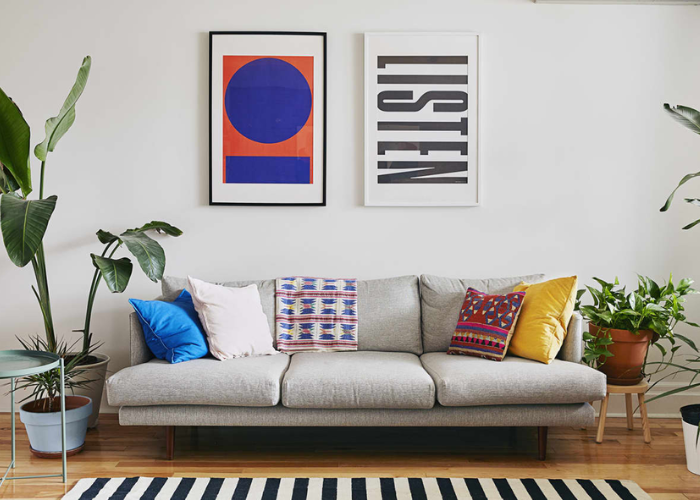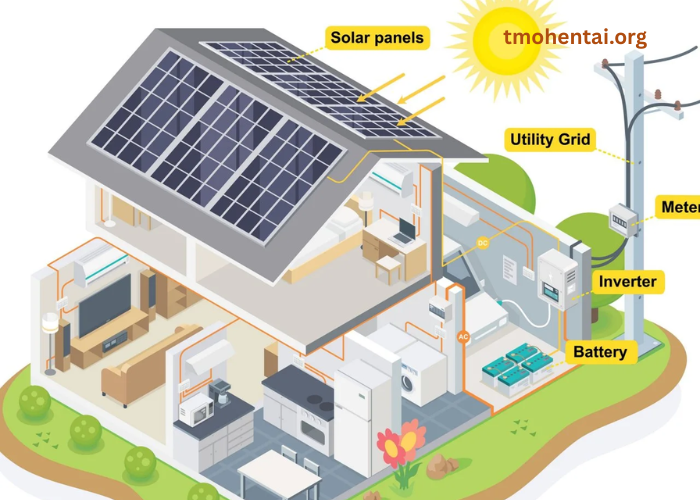Interior design is an ever-evolving art form that has become increasingly popular in recent years. It involves creating a living space that is both aesthetically pleasing and practical for its inhabitants. In order to maximize the potential of a home, office, or commercial space, a professional interior designer can help realize the full potential of a space’s potential. Interior design can range from a simple room refresh to a full-scale renovation. This article will explore the basics of interior design, the different types of interior design styles, how to bring practicality and functionality into space, the use of color and textures, embracing technology, and choosing the right furniture for your space.
What Is Interior Design?
Interior design is a creative practice that combines art and science to create a functional and aesthetically pleasing space for its occupants. It involves the use of techniques such as space planning, furniture selection, and color coordination to create a space that is both comfortable and beautiful. Interior designers must consider the balance between form and function in order to ensure a space is both aesthetically pleasing and practical for its inhabitants.
Types of Interior Design Styles
There are several types of interior design styles. These include minimalist, contemporary, traditional, industrial, mid-century modern, and eclectic. Each style has its own distinct characteristics. Minimalist design is characterized by its use of clean lines and simple shapes. Contemporary design is characterized by its modern, updated look. The traditional design is more conservative and reflects classic styles. Industrial design is characterized by its use of raw materials and a utilitarian look. Mid-century modern design is characterized by its use of bright colors and bold shapes. Eclectic design is characterized by its use of a variety of styles and materials.
Bringing Practicality and Functionality into a Space
When creating a functional and aesthetically pleasing space, interior designers must consider the practical needs of its inhabitants. This includes the placement of furniture, the use of textiles, and the arrangement of the space. Interior designers must consider the flow of the room and the function of each piece of furniture in order to create a space that is both comfortable and practical. It must also consider the needs of its inhabitants, such as storage space, lighting, and temperature control.
Use of Color and Textures in Interior Design
Color plays an important role in interior design. It can be used to create a mood or atmosphere in a room. Color can also be used to highlight certain features of a room or to draw attention to a particular area. Textiles are also an important part of interior design. They can be used to add texture and depth to a space. The type of textiles used can also help create a certain aesthetic.
Embracing Technology in Interior Design
Technology has become an increasingly important part of interior design. Smart technology, such as lighting and climate control, can help create a space that is both functional and aesthetically pleasing. Smart technology can also help conserve energy and help save money in the long run. Interior designers must consider how to incorporate technology into a space in order to maximize its potential.
Choosing the Right Furniture for Your Space
Choosing the right furniture for a space is an important part of interior design. Furniture should be chosen based on the overall aesthetic of the space and the practical needs of its inhabitants. Furniture should also be chosen based on the size and shape of the space. Interior designers must consider the size of the furniture, the materials used, and the overall design of the furniture in order to create a space that is both comfortable and aesthetically pleasing.
Lighting Up Your Space
Lighting is also an important part of interior design. Lighting can be used to create a certain mood or atmosphere in a space. It can also be used to highlight certain features of a room. Interior designers must consider the type of lighting used, the placement of the lighting, and the amount of light needed in space in order to maximize its potential.
Conclusion
Interior design is an ever-evolving art form that requires a combination of art and science in order to create a functional and aesthetically pleasing space. It involves the use of techniques such as space planning, furniture selection, and color coordination in order to create a space that is both comfortable and beautiful. There are several types of interior design styles, including minimalist, contemporary, traditional, industrial, mid-century modern, and eclectic. Practicality and functionality must be taken into consideration when creating a space as well as the use of color and textures. If you’re interested in exploring how these principles come to life in real homes, you might also find it valuable to check for real estate for sale at exprealty.com/us/ga/. This can provide you with firsthand examples of how different interior design styles are integrated into homes
Technology can also be incorporated into a space to create a smart and efficient living space. When choosing furniture for a space, size, and shape must be taken into consideration in order to create a space that is both comfortable and aesthetically pleasing. Lighting is also an important part of interior design and must be taken into consideration in order to maximize the potential of a space.
Interior design is an ever-changing art form that requires creativity and skill in order to create a beautiful and functional space. Whether you’re looking to give your living space a





